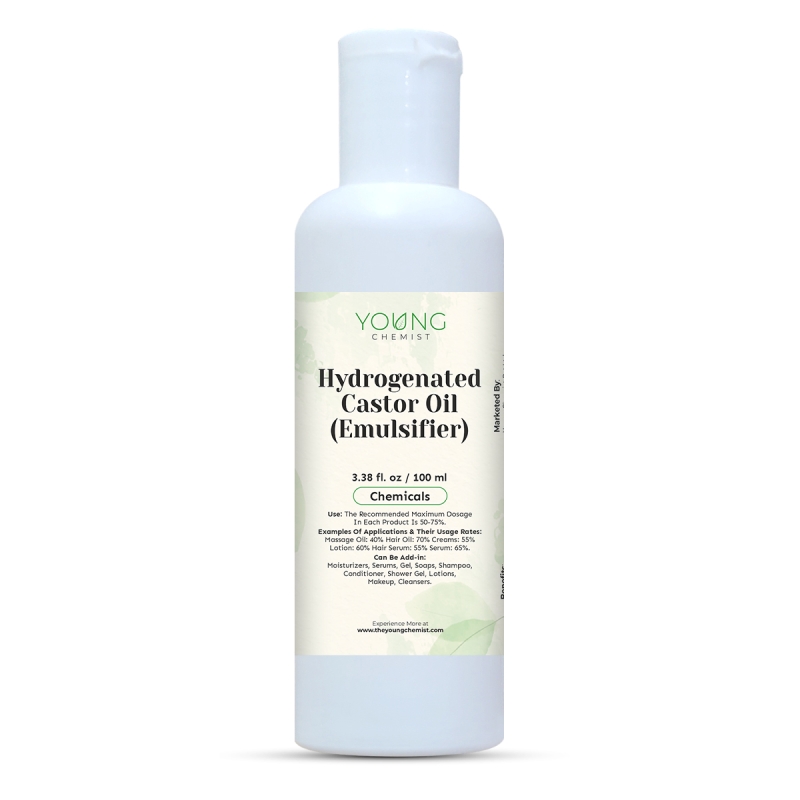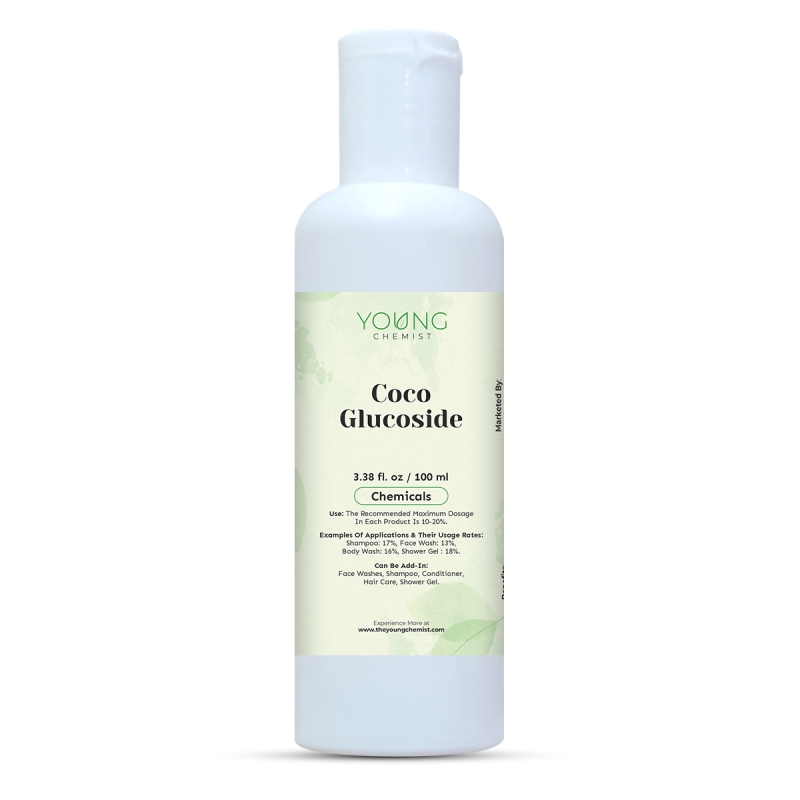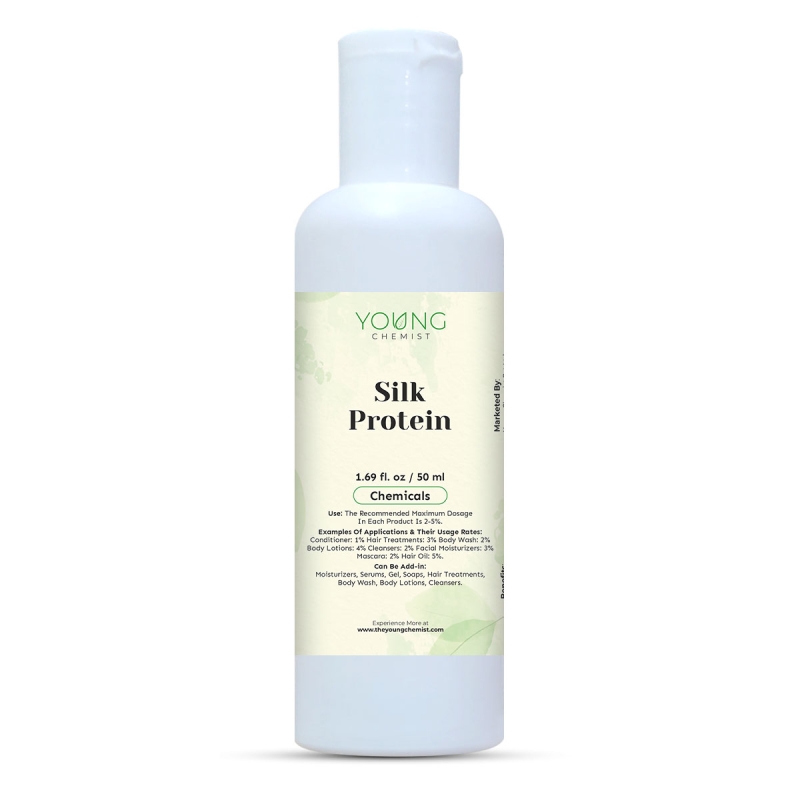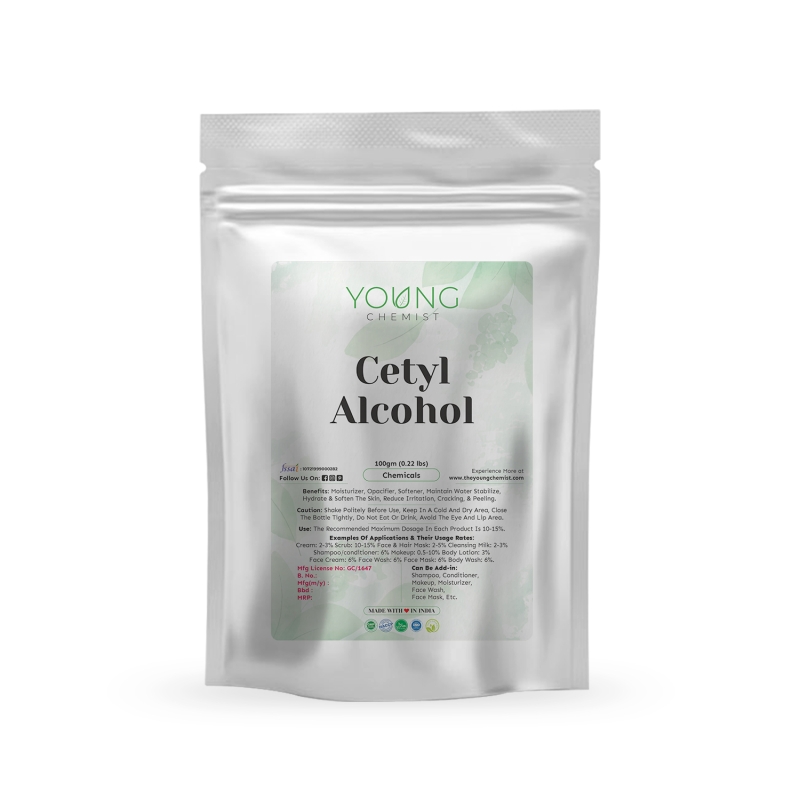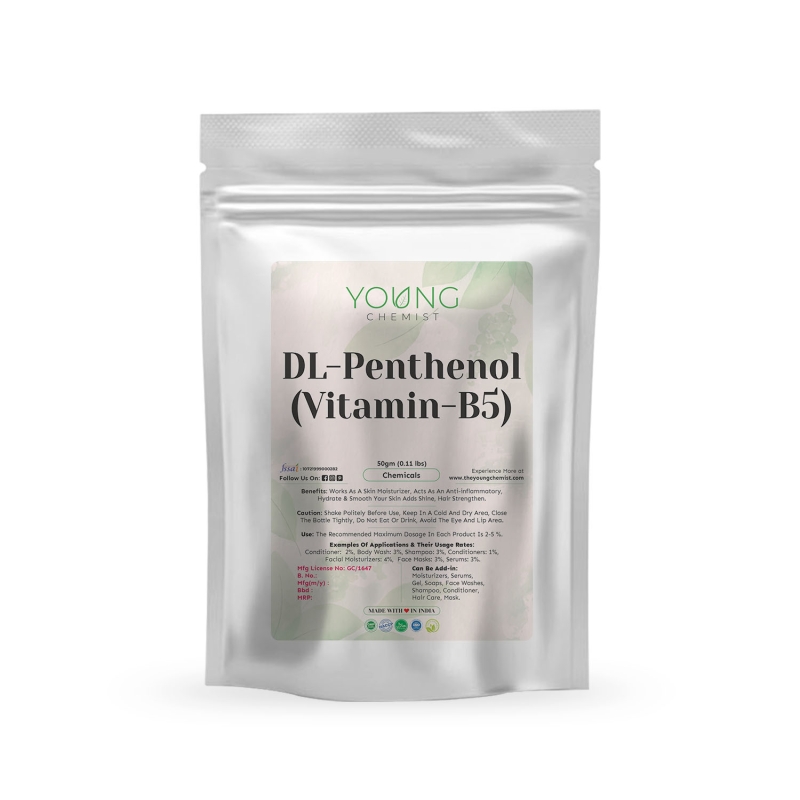-
No Item Added in Cart.

Lactic Acid is a commonly used cosmetic chemical known for its various benefits for the skin. It is an alpha-hydroxy acid (AHA) derived from milk or fermented vegetables and fruits. Here is some information about its description, benefits, how to use it, and cautions to keep in mind:
Lactic Acid is a colorless or pale yellow liquid with a slightly acidic odor. It has a molecular formula of C₃H₆O₃ and is classified as an organic acid. It is soluble in water and commonly used in cosmetic formulations, including cleansers, toners, exfoliants, and moisturizers.
- Patch Test: Before incorporating any new product containing Lactic Acid into your skincare routine, perform a patch test on a small area of your skin to check for any adverse reactions.
- Start Slowly: If you are new to using Lactic Acid, begin with a lower concentration and gradually increase it over time to allow your skin to adjust.
- Follow Instructions: Follow the instructions provided by the product manufacturer regarding the frequency and application method.
- Sun Protection: Lactic Acid can increase the skin's sensitivity to the sun, so it is crucial to apply a broad-spectrum sunscreen with a high SPF during the day when using products containing this acid.
- Exfoliation: Lactic Acid is an excellent exfoliant that helps remove dead skin cells from the surface of the skin, revealing a smoother and more radiant complexion.
- Skin Brightening: It helps to reduce the appearance of dark spots, hyperpigmentation, and uneven skin tone, promoting a brighter and more even complexion.
- Hydration: Lactic Acid has humectant properties, which means it helps the skin retain moisture, keeping it hydrated and preventing dryness.
- Anti-Aging: Regular use of Lactic Acid can stimulate collagen production, improving the skin's elasticity and reducing the appearance of fine lines and wrinkles.
- Acne Treatment: It has antimicrobial properties that help control acne-causing bacteria, making it an effective ingredient for treating and preventing breakouts.
- Sensitivity: Some individuals may be more sensitive to Lactic Acid than others. If you experience redness, irritation, or discomfort, discontinue use and consult a dermatologist.
- Avoid Eye Area: Lactic Acid should not be applied near or on the eye area to prevent irritation.
- Pregnancy and Nursing: It is advisable to consult with a healthcare professional before using Lactic Acid during pregnancy or while nursing.
- Interaction with Other Products: Lactic Acid may interact with certain medications or other skincare products, so it is recommended to consult a healthcare professional or dermatologist if you have any concerns.
Remember, it's always best to consult with a dermatologist or skincare professional for personalized advice regarding the use of Lactic Acid or any other skincare ingredient based on your specific skin type and concerns.
Product Questions
Lactic Acid is an alpha hydroxy acid (AHA) that naturally occurs in milk. It's widely used in skincare for its exfoliating and hydrating properties. It helps remove dead skin cells, leaving your skin smooth and refreshed.
Lactic Acid gently exfoliates the skin, improving texture and reducing the appearance of fine lines. It also helps to boost hydration by drawing moisture into the skin, making it look plump and healthy.
Yes, Lactic Acid can be beneficial for acne-prone skin. It exfoliates the surface layer of the skin, which helps to prevent clogged pores and reduce the occurrence of breakouts.
Lactic Acid is generally considered gentle and suitable for sensitive skin. However, it's always a good idea to start with a lower concentration and patch test first to ensure it doesn't irritate your skin.
Most people can use Lactic Acid products 2-3 times a week. If you’re new to AHAs, start with once a week and gradually increase the frequency as your skin builds tolerance.
Yes, Lactic Acid can be combined with other ingredients like hyaluronic acid and niacinamide. However, avoid using it with other strong acids or retinoids to prevent irritation.
If you experience irritation, stop using the product and give your skin a break. You might want to reduce the frequency of use or switch to a lower concentration. Make sure to use a moisturizer and avoid other exfoliants during this time.
Yes, Lactic Acid can help with dark spots and uneven skin tone by exfoliating the skin and promoting cell turnover. This helps to fade hyperpigmentation and even out skin tone over time.
Yes, Lactic Acid can make your skin more sensitive to the sun, so it's important to apply sunscreen with at least SPF 30 every day to protect your skin and prevent further damage.
Lactic Acid is generally well-tolerated, but some people may experience mild redness or peeling. If you notice any severe irritation or allergic reactions, discontinue use and consult a dermatologist.





